THE ANCIENT CITY OF HANOI
- MONday - 25/12/2023 06:24
- Close page
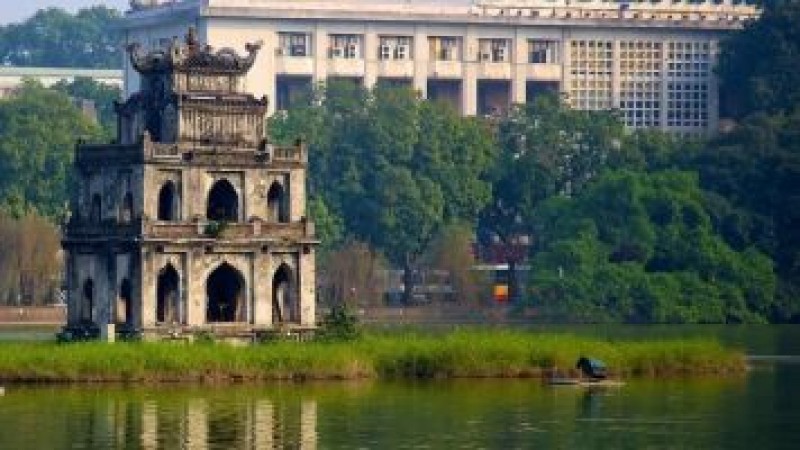
Ha Noi - the capital of Viet Nam
Hanoi, the capital city of Vietnam, is one of the country's oldest and most culturally rich cities and one of the most attractive destinations in Southeast Asia. With its rich cultural heritage, beautiful landscapes, and diverse cuisine, Hanoi attracts millions of tourists from all over the world every year.
One of the most famous landmarks in Hanoi is Hoan Kiem Lake, located in the heart of the city. The lake is surrounded by tree-lined streets and colonial-era buildings, and it’s a popular spot for locals and visitors alike to relax and enjoy the scenery. Another popular attraction is the Old Quarter, where visitors can explore the narrow streets, ancient houses, and traditional markets.

1. History and Culture:
Originally a small settlement along the banks of the Red River, the city was founded as Thang Long (Rising Dragon), the capital of imperial Vietnam, by King Ly Thai To, the first ruler of the Ly dynasty (1009 – 1225). Thang Long remained the most important political and cultural center of Vietnam until 1802, when the last imperial dynasty of Vietnam, the Nguyen (1802 – 1945) moved it south to Hue. In 1831, King Minh Mang, the second king of the Nguyen dynasty, renamed Thang Long into Hanoi (meaning “inside river”). In 1873, Hanoi was conquered by the French and it again became an important administrative center. In 1902, the city was the capital, not just Vietnam, but of all French Indochina.
From 1940, Hanoi was occupied by the Japanese forces and liberated in 1945. On 2nd September 1945, President Ho Chi Minh declared the Independence, gave birth to the Democratic Republic of Vietnam and chose Hanoi as the capital. It was such a momentous event for not only Hanoi but also Vietnamese people after years and years fighting consistently for independence. By 1954, French forces left and North Vietnam was liberated by Viet Minh and Hanoi became the capital of the newly established Communist State of North Vietnam and lasted during the War (1955 – 1975). When North and South Vietnam were re-unified in 1975, Hanoi became the capital of a Socialist Republic of Vietnam.

2. Dynamic and Modern Hanoi
Hanoi has undergone significant transformation in recent years, such as economic, technology and innovation, shopping and entertainment, culinary scene, art and culture, education and research, tourism,... evolving into a dynamic and modern city while still preserving its cultural heritage. Hanoi has experienced robust economic growth, becoming a key economic hub in Vietnam. The city's skyline is evolving with modern skyscrapers, shopping malls, and business districts.
On the other side, Hanoi has invested in modern infrastructure, including new roads, bridges, and public transportation systems. The city's infrastructure development supports its growing population and increasing urbanization.
Hanoi's cultural scene has evolved to include contemporary art galleries, music festivals, and events that showcase both traditional and modern artistic expressions. The city has become a vibrant center for cultural exchange.
Hanoi has successfully embraced modernity without losing sight of its rich cultural heritage. The city's dynamic atmosphere reflects Vietnam's rapid development and its ability to adapt to the challenges and opportunities of the 21st century.
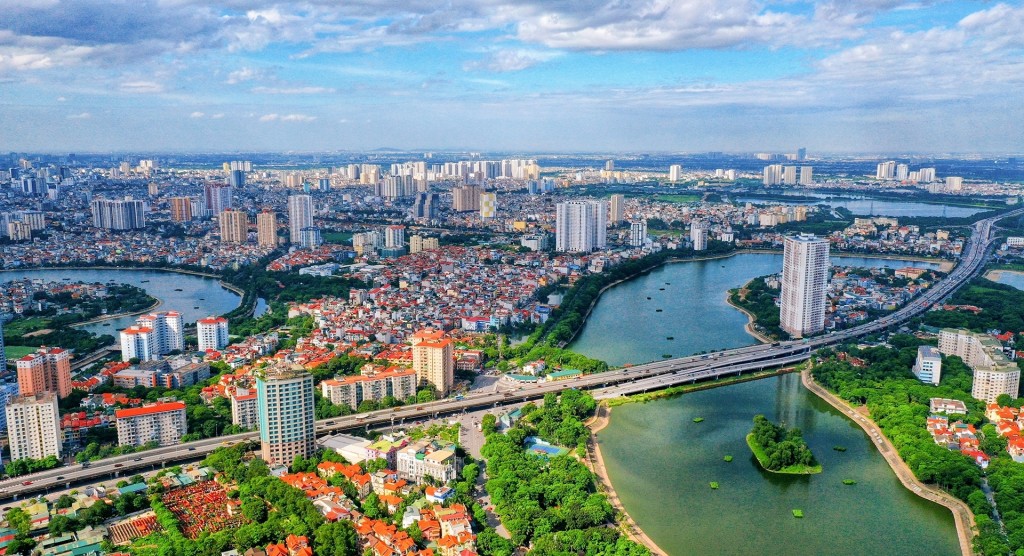
3. When is the best time to go to Ha Noi?
The ber you find most comfortable. However, many travelers consider the autumn months as the mostest time to visit Hanoi depends on your preferences and the type of weath favorable time to explore the city. You are planning your trip, and make sure to book accommodations and transportation in advance, especially during the holiday trip for teenager. Here are some considerations for each season:
Autumn (September to November):
-
Weather: Autumn is widely regarded as the best time to visit Hanoi. The weather is cooler, and temperatures are pleasant, ranging from around 20°C to 30°C (68°F to 86°F). The humidity is lower, and there is less rainfall.
-
Scenery: The autumn season brings clear skies and a comfortable climate, making it an excellent time for outdoor activities and sightseeing. The city is often adorned with golden leaves, enhancing the overall aesthetic.
Spring (February to April):
-
Weather: Spring is another favorable time with mild temperatures and blooming flowers. The weather is comfortable, and the city begins to come alive with vibrant colors.
-
Festivals: Tet, the Vietnamese Lunar New Year, usually falls in late January or early February. Springtime is a festive season with various cultural events and celebrations.
Late Winter (December to January):
-
Weather: While winter temperatures are cooler, it rarely gets extremely cold in Hanoi. If you enjoy a cooler climate and are prepared for occasional drizzles, late winter can be a good time to visit. It's the best time to experience the Tet holiday festivities if your travel dates align.
Summer (May to August):
-
Weather: Summer in Hanoi can be hot and humid, with temperatures reaching their peak in June and July. There is a higher chance of rainfall during this season, and it can be less comfortable for outdoor activities.
-
Considerations: If you don't mind the heat and occasional rain, summer can still be an enjoyable time to visit. Just be prepared for higher temperatures and the possibility of short heavy showers.
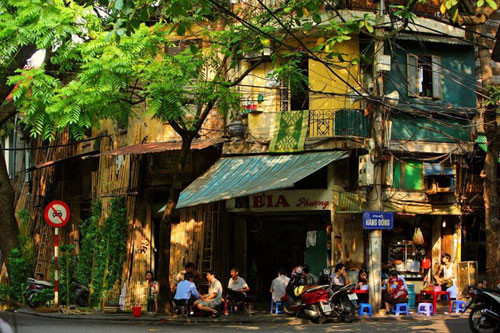
Ultimately, the best time to visit Hanoi depends on your personal preferences and the type of experience you are seeking. Whether you prefer the cooler temperatures of autumn, the festive atmosphere of spring, or the unique celebrations during Tet, Hanoi has something to offer throughout the year.
4. Best places to visit in Ha Noi
Landmarks:
Ho Chi Minh Mausoleum: A significant monument dedicated to the founder of modern Vietnam, Ho Chi Minh.
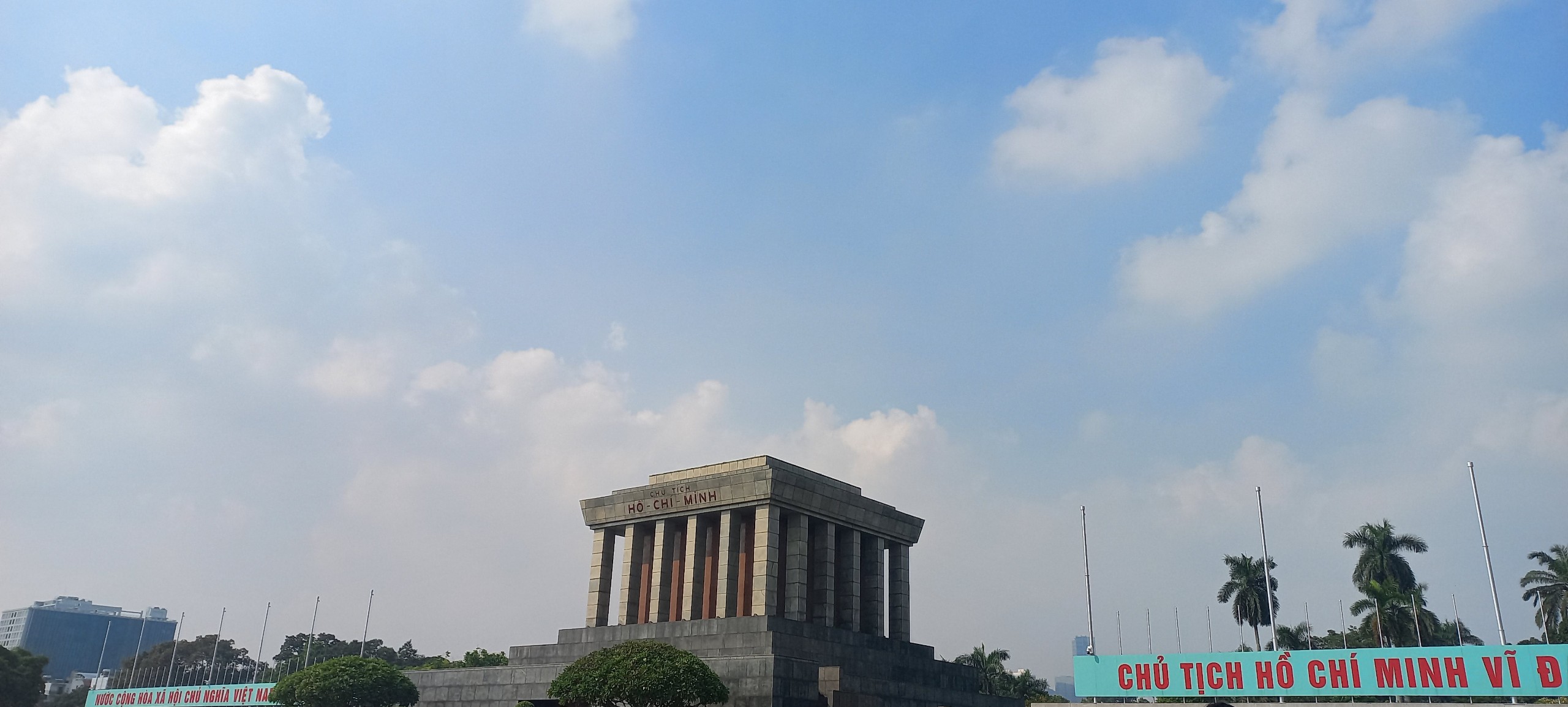
Temple of Literature (Van Mieu-Quoc Tu Giam): Vietnam's first national university, built in 1070.

Hoan Kiem Lake and Ngoc Son Temple: A scenic lake in the heart of the city with a temple on an island.
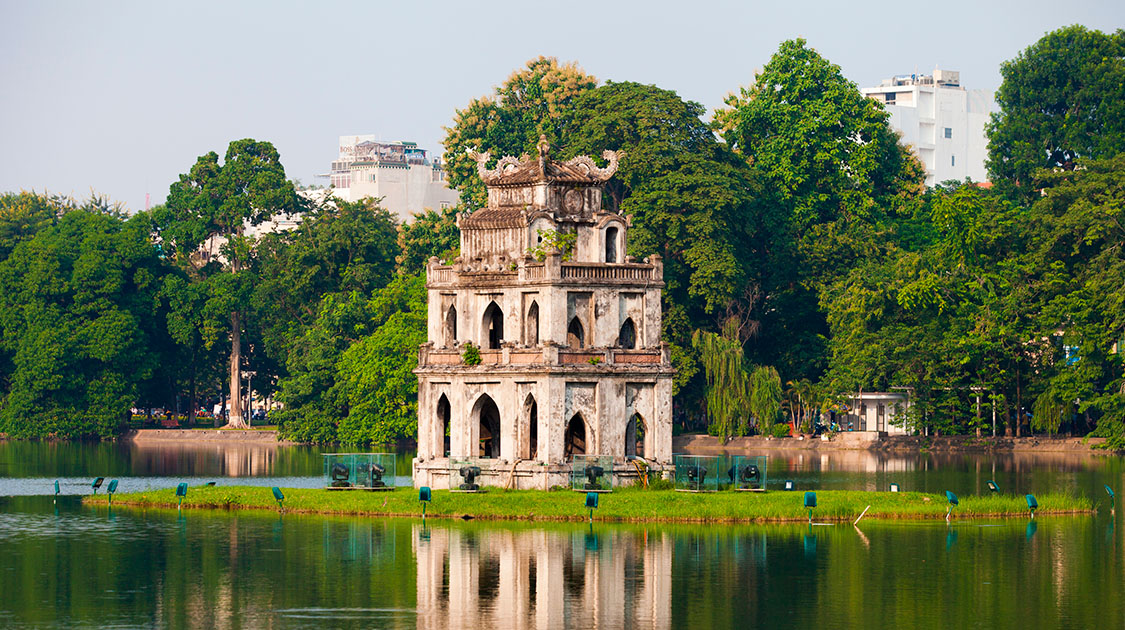
Old Quarter:
The Old Quarter is a maze of narrow streets that has been the commercial heart of the city for centuries. It's known for its unique architecture, street markets, and traditional crafts.

French Quarter:
The French Quarter showcases colonial architecture with wide boulevards, French-style villas, and the iconic Hanoi Opera House.

Water Puppetry:
Traditional water puppetry performances are a unique cultural experience in Hanoi. The Thang Long Water Puppet Theatre is a popular venue for these shows.
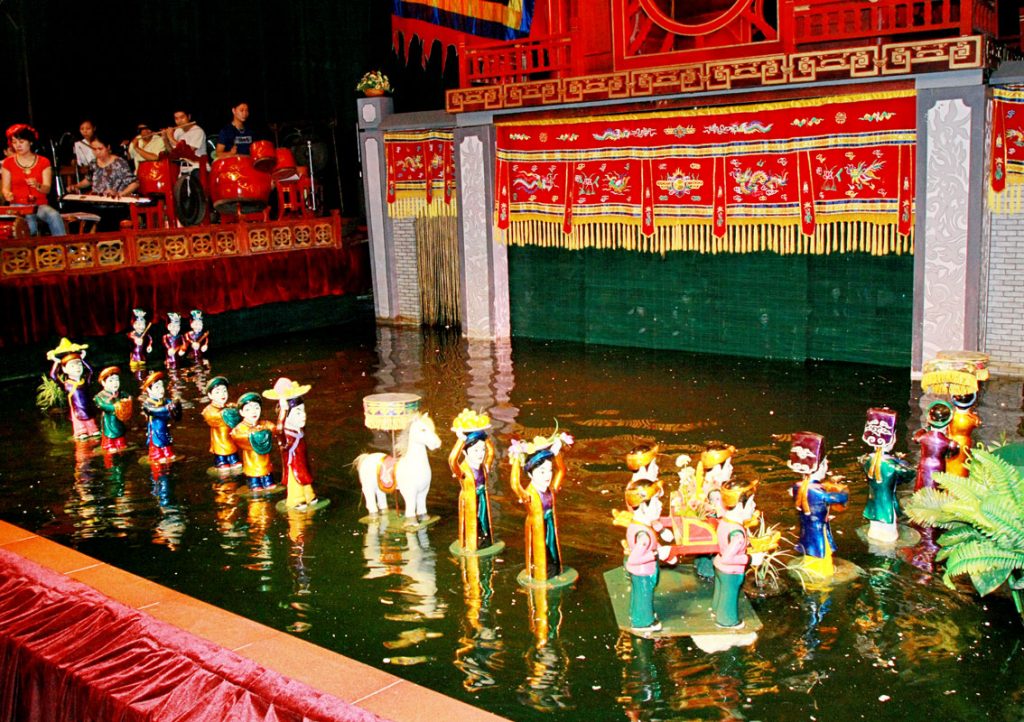
Museums:
-
The city has several museums, including the Vietnam Museum of Ethnology, Hoa Lo Prison (Hanoi Hilton), and the Vietnam Fine Arts Museum.
Lakes and Parks:
-
In addition to Hoan Kiem Lake, Hanoi has other lakes and parks like West Lake and Lenin Park where locals gather for leisure and exercise.
Hanoi is a city that beautifully blends tradition and modernity, offering visitors a unique and vibrant experience.
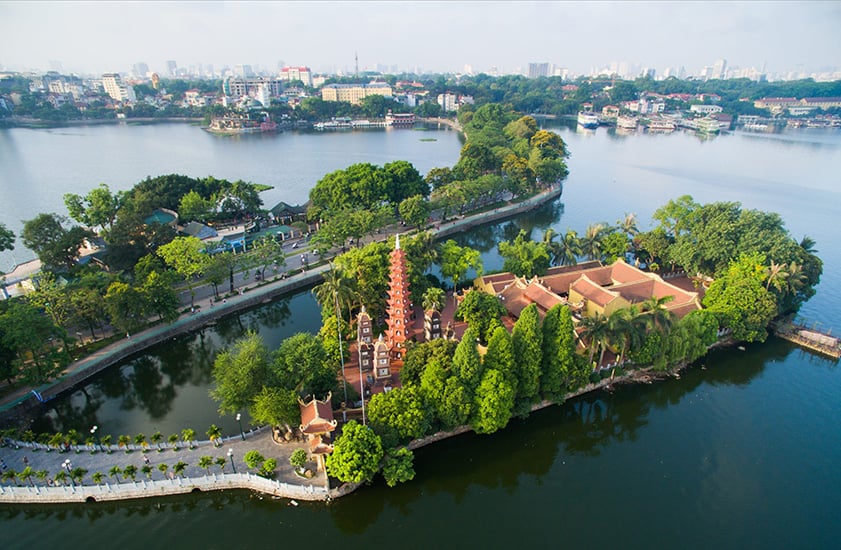
5. The cuisine in Ha Noi we should try
Hanoi is renowned for its diverse and delicious street food. Pho (Vietnamese noodle soup), bun cha (grilled pork with vermicelli), and banh mi (Vietnamese sandwich) are some of the local specialties.
Pho (Phở): This is perhaps the most famous Vietnamese dish. It's a flavorful noodle soup usually made with beef (Pho Bo) or chicken (Pho Ga). The broth is a key component, simmered for hours with aromatic spices.

Bun Cha: Grilled pork patties and pork belly slices are served with vermicelli noodles, fresh herbs, and a dipping sauce. This dish is a favorite among locals and visitors alike.
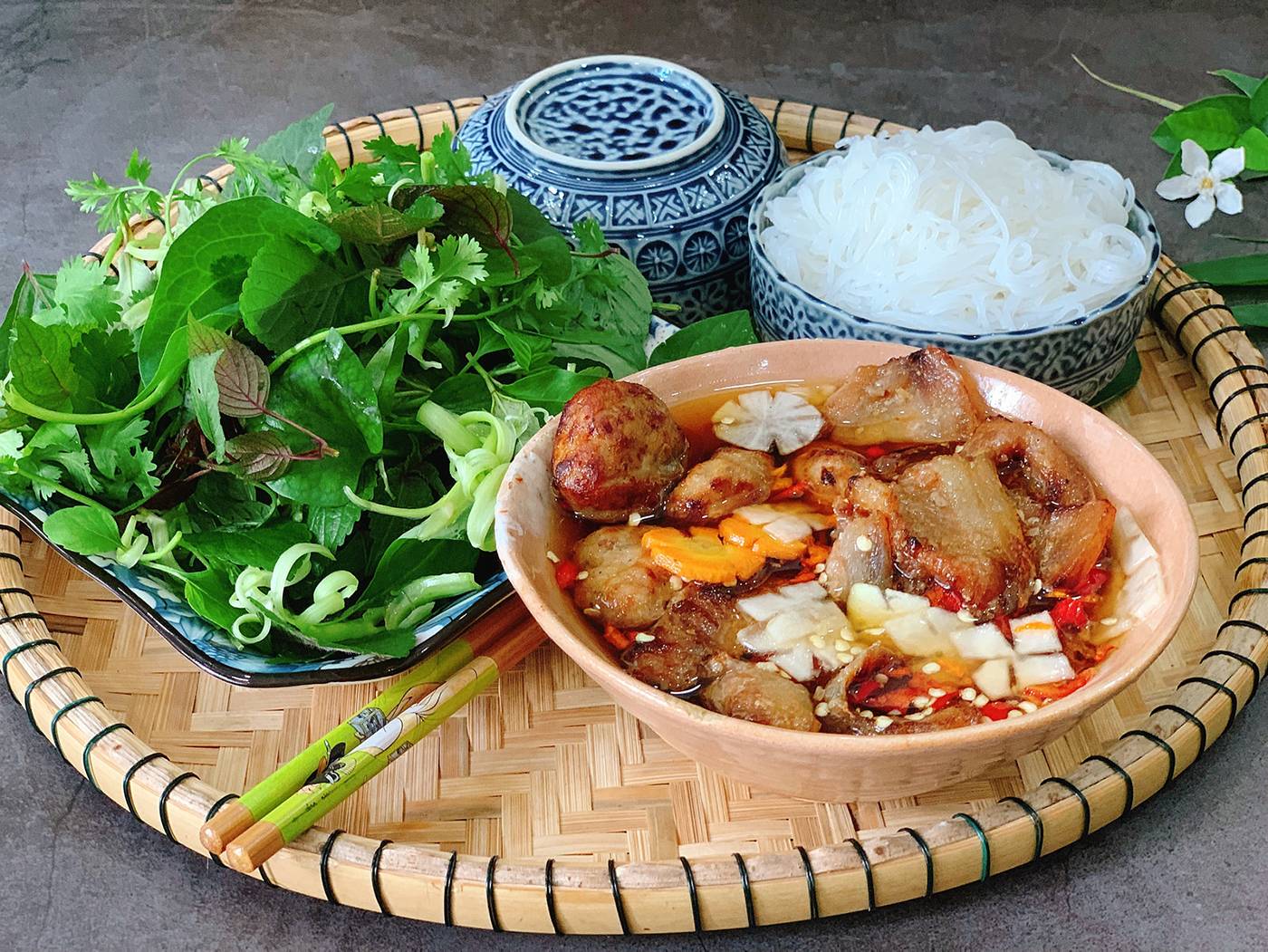
Banh Mi: A Vietnamese sandwich that has gained international popularity. It typically consists of a baguette filled with a variety of ingredients, such as pate, meats, vegetables, and condiments.
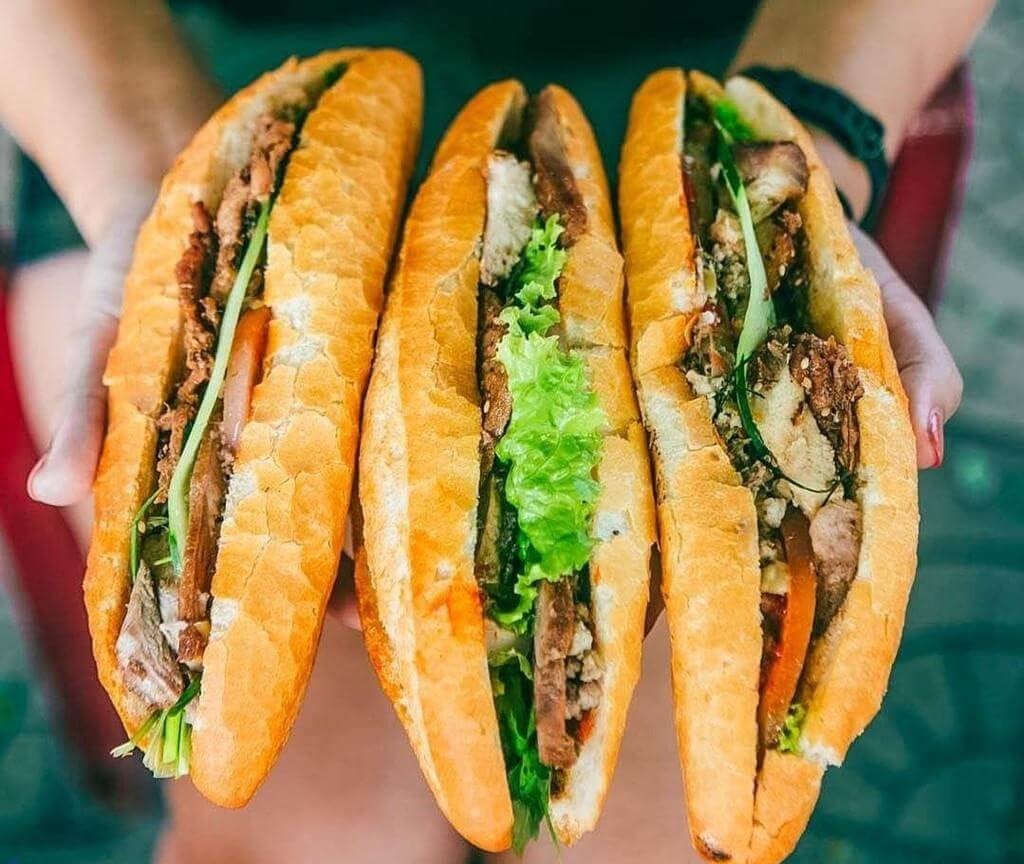
Bun Thang: A delicate and visually appealing noodle soup made with chicken, thin strips of egg, and various fresh herbs. It's often enjoyed during special occasions.

Cha Ca La Vong: Grilled fish, usually catfish, marinated in turmeric and other spices, and served with rice vermicelli, peanuts, herbs, and fish sauce. It's a specialty associated with a specific restaurant in the Old Quarter named Cha Ca La Vong.
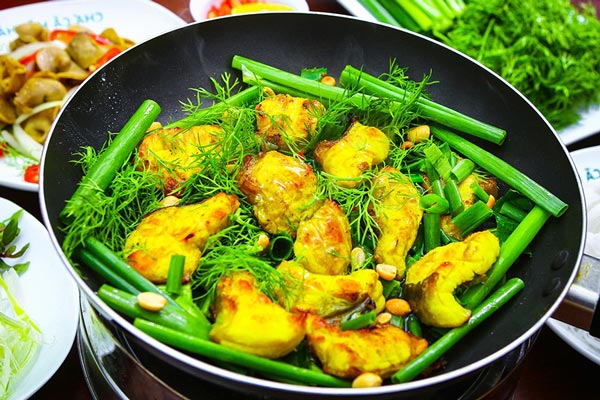
Xoi Xeo: Sticky rice mixed with turmeric and topped with mung bean paste, fried shallots, and shredded chicken or pork. It's a colorful and flavorful dish often eaten for breakfast or as a snack.

Nem Ran (Cha Gio): Fried spring rolls filled with minced pork, mushrooms, and noodles. They are crispy and delicious, often served with a dipping sauce.
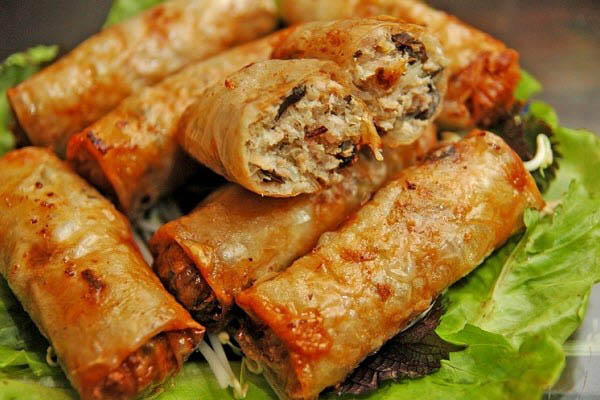
Com (Green Rice): Young rice grains are harvested early and flattened, resulting in green rice. It's often used in various dishes or enjoyed with grilled pork and other accompaniments.
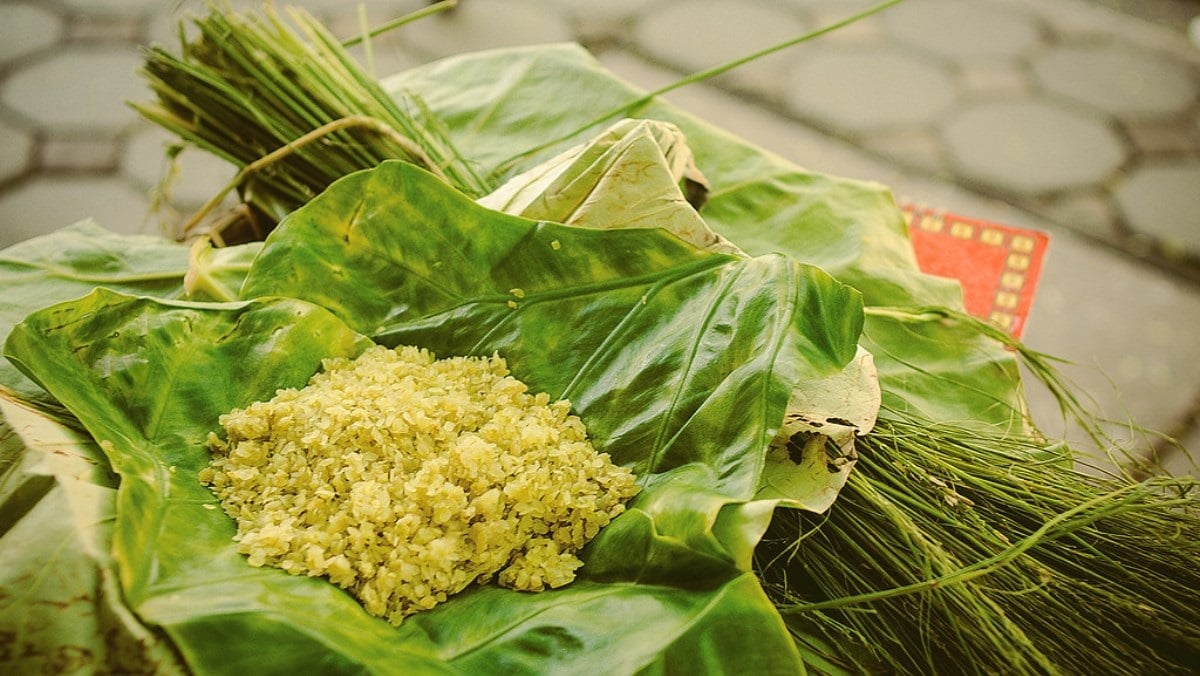
Egg Coffee (Ca Phe Trung): While not a food item, Hanoi is also known for its unique egg coffee—a creamy and frothy concoction made with egg yolks, condensed milk, and strong Vietnamese coffee.
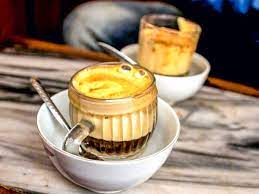
These are just a few examples of the rich and diverse culinary offerings you can find in Hanoi. The city's food scene is a delightful exploration of flavors, textures, and unique combinations.
Hanoi is a city of contrasts, where ancient and modern, traditional and contemporary, and East and West all come together. It’s a city that’s full of surprises and always ready to offer visitors a new experience. You are planning your trip, and make sure to book accommodations and transportation in advance, especially during the holiday trip for teenager. Vietnam's diverse landscapes and rich culture provide ample opportunities for a memorable trip for teenager.
CONTACT US: VIETCRUISE TOURS
*Address:
- 2 Paris Commune, Ben Nghe, District 1
- 241 Pham Ngu Lao St, Pham Ngu Lao Ward, District 1
*Website: https://vietcruisetours.com/
*Hotline/Whatsapp: +84 908.785.680
*Email: contact@vietcruisetours.com